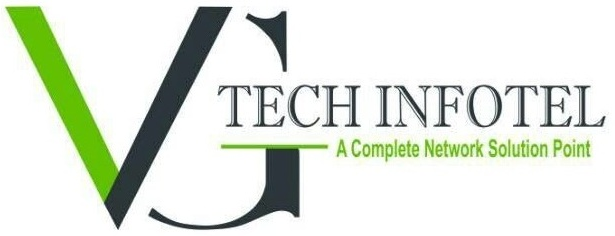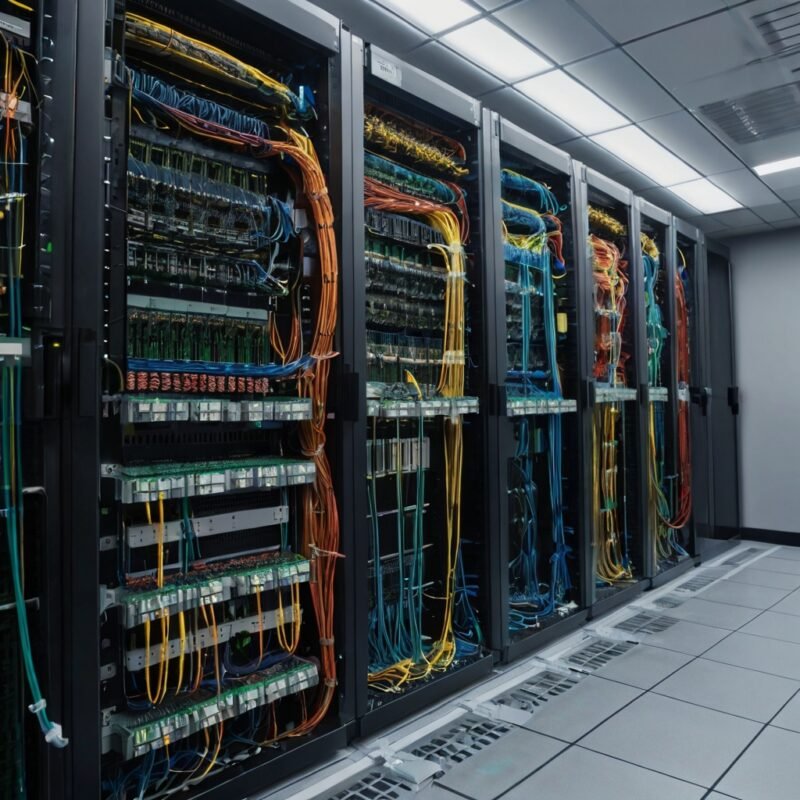The Importance of Fiber Optic Cables in Modern Networking

In the era of ultra-fast internet and high-demand data usage, fiber optic cables have emerged as the backbone of modern communication systems. From home internet to enterprise-level networking, fiber technology is enabling faster, more reliable, and more secure data transfer than ever before.
What Are Fiber Optic Cables?
Fiber optic cables are advanced networking cables that transmit data as pulses of light through thin strands of glass or plastic fibers. Unlike traditional copper cables, which use electrical signals, fiber optics deliver much higher speeds and longer transmission distances without signal loss.
Why Fiber Optics Are Transforming Networking
1. Unmatched Data Transfer Speeds
Fiber optic cables can handle data speeds exceeding 1 Gbps for home networks and up to 100 Gbps for enterprise solutions. This makes them ideal for streaming, gaming, cloud computing, and large-scale business operations.
2. Long-Distance Transmission Without Loss
Copper cables suffer from signal degradation over long distances, but fiber optics maintain speed and quality even over hundreds of kilometers, thanks to minimal attenuation.
3. Higher Bandwidth Capacity
With growing demands for high-definition video, virtual reality, and IoT devices, bandwidth is more important than ever. Fiber optic cables can carry significantly more data than copper cables, making them future-proof for upcoming technologies.
Applications of Fiber Optic Cables in Modern Networking
Home Networking
Fiber internet delivers consistent high speeds for smart TVs, gaming consoles, and connected devices.
Business Networks
Enterprises rely on fiber for secure and fast data exchange, video conferencing, and remote server connections.
Telecommunication Backbone
ISPs and telecom companies use fiber optics to connect cities, countries, and even continents, enabling global connectivity.
Security Systems
CCTV networks powered by fiber cables ensure high-quality video streams without lag, making them ideal for large-scale surveillance setups.
Advantages Over Copper Cables
| Feature | Fiber Optics | Copper Cables |
|---|---|---|
| Speed | Up to 100 Gbps | Up to 10 Gbps |
| Distance | 100s of km | Up to 100 m |
| Interference | Immune to EMI | Prone to EMI |
| Security | Hard to tap | Easier to tap |
| Lifespan | 25+ years | 10–15 years |
Future of Fiber Optic Networking
With the rollout of 5G networks, smart cities, and advanced AI-driven systems, fiber optic infrastructure will play an even greater role. The demand for ultra-low latency and massive bandwidth will push businesses and ISPs to upgrade to full fiber solutions.
Conclusion
Fiber optic cables are not just a technological upgrade—they are the foundation for tomorrow’s connected world. Whether you’re a homeowner, business owner, or network provider, investing in fiber ensures speed, reliability, and scalability for the future.
👉👉👉 Contact Now to explore our fiber optic networking solutions and take your connectivity to the next level.











